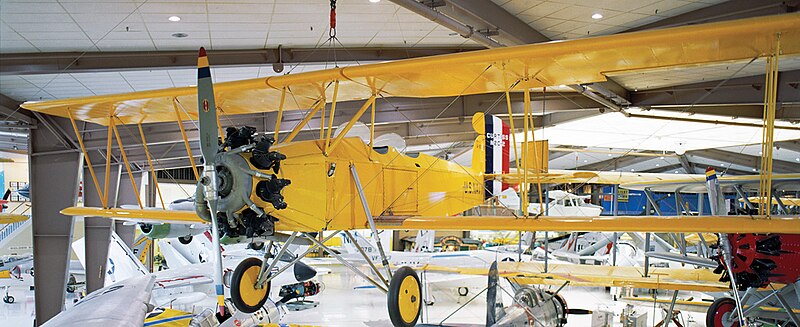Archivo:Curtiss N2C-2 Naval Aviation Museum.jpg

Tamaño de esta previsualización: 800 × 327 píxeles. Otras resoluciones: 320 × 131 píxeles · 1069 × 437 píxeles.
Ver la imagen en su resolución original (1069 × 437 píxeles; tamaño de archivo: 274 kB; tipo MIME: image/jpeg)
Historial del archivo
Haz clic sobre una fecha y hora para ver el archivo tal como apareció en ese momento.
| Fecha y hora | Miniatura | Dimensiones | Usuario | Comentario | |
|---|---|---|---|---|---|
| actual | 08:59 20 oct 2009 | 1069 × 437 (274 kB) | Cobatfor | == {{int:filedesc}} == {{Information |Description=A U.S. Navy Curtiss N2C-2 Fledgling at the National Museum of Naval Aviation in Pensacola, Florida (USA), in 1983. <br>'''Official description:''' "The museum's N2C-2 Fledgling was acquired and restored in |
Usos del archivo
La siguiente página usa este archivo:
Uso global del archivo
Las wikis siguientes utilizan este archivo:
- Uso en ar.wikipedia.org
- Uso en en.wikipedia.org
- Uso en fa.wikipedia.org
- Uso en ms.wikipedia.org
- Uso en no.wikipedia.org
- Uso en tg.wikipedia.org
- Uso en vi.wikipedia.org
- Uso en www.wikidata.org
